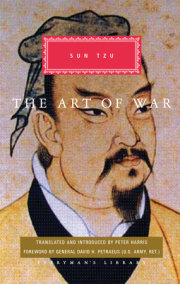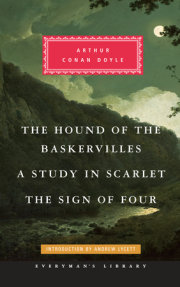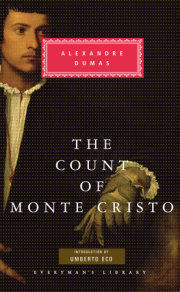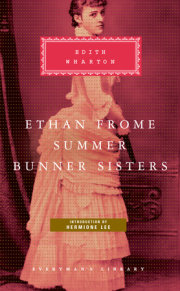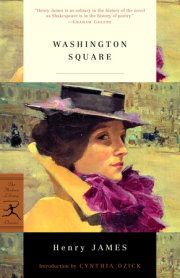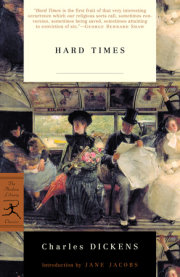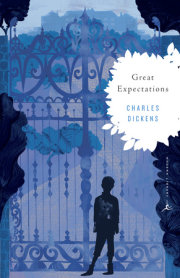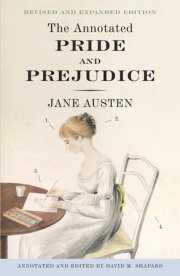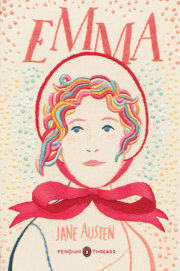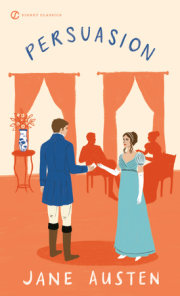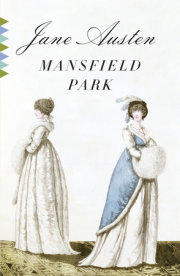Books for Universal Human Rights Month
For Universal Human Rights Month in December, we are sharing a collection of books that educate on the importance of the fundamental rights and freedoms of all people. Find the full collection of titles here.

Readers of Jane Austen’s six great novels are left hungering for more, and more there is: the marvelous unpublished manuscripts she left behind, collected here.
Sanditon might have been Austen’s greatest novel had she lived to finish it. Its subject matter astonishes: here is Austen observing the birth pangs of the culture of commerce, as her country-bred heroine, a foolish baronet, a family of hypochondriacs, and a mysterious West Indian heiress collide against the background hum of real-estate development at a seaside resort.
The Watsons, begun in 1804 but never completed, tells the story of a young woman who was raised by a rich aunt and who finds herself shipped back to the comparative poverty and social clumsiness of her own family.
The novella Lady Susan is a miniature masterpiece, featuring Austen’s only villainous protagonist. Lady Susan’s subtle, single-minded, and ruthless pursuit of power makes the reader regret that Austen never again wrote a novel with a scheming widow for its heroine.
The special joy of this collection lies in Austen’s juvenilia–tiny novels, the enchantingly funny Love and Freindship, comic fragments, and a (very) partial history of England–romping miniatures that she wrote in her teens. Their high spirits, hilarity, and control offer delicious proof that Austen was an artist “born, not made.”
Readers of Jane Austen’s six great novels are left hungering for more, and more there is: the marvelous unpublished manuscripts she left behind, collected here.
Sanditon might have been Austen’s greatest novel had she lived to finish it. Its subject matter astonishes: here is Austen observing the birth pangs of the culture of commerce, as her country-bred heroine, a foolish baronet, a family of hypochondriacs, and a mysterious West Indian heiress collide against the background hum of real-estate development at a seaside resort.
The Watsons, begun in 1804 but never completed, tells the story of a young woman who was raised by a rich aunt and who finds herself shipped back to the comparative poverty and social clumsiness of her own family.
The novella Lady Susan is a miniature masterpiece, featuring Austen’s only villainous protagonist. Lady Susan’s subtle, single-minded, and ruthless pursuit of power makes the reader regret that Austen never again wrote a novel with a scheming widow for its heroine.
The special joy of this collection lies in Austen’s juvenilia–tiny novels, the enchantingly funny Love and Freindship, comic fragments, and a (very) partial history of England–romping miniatures that she wrote in her teens. Their high spirits, hilarity, and control offer delicious proof that Austen was an artist “born, not made.”
For Universal Human Rights Month in December, we are sharing a collection of books that educate on the importance of the fundamental rights and freedoms of all people. Find the full collection of titles here.
Get the latest news on all things Higher Education.
Learn about our books, authors, teacher events, and more!
Our mission is to foster a universal passion for reading by partnering with authors to help create stories and communicate ideas that inform, entertain, and inspire.











